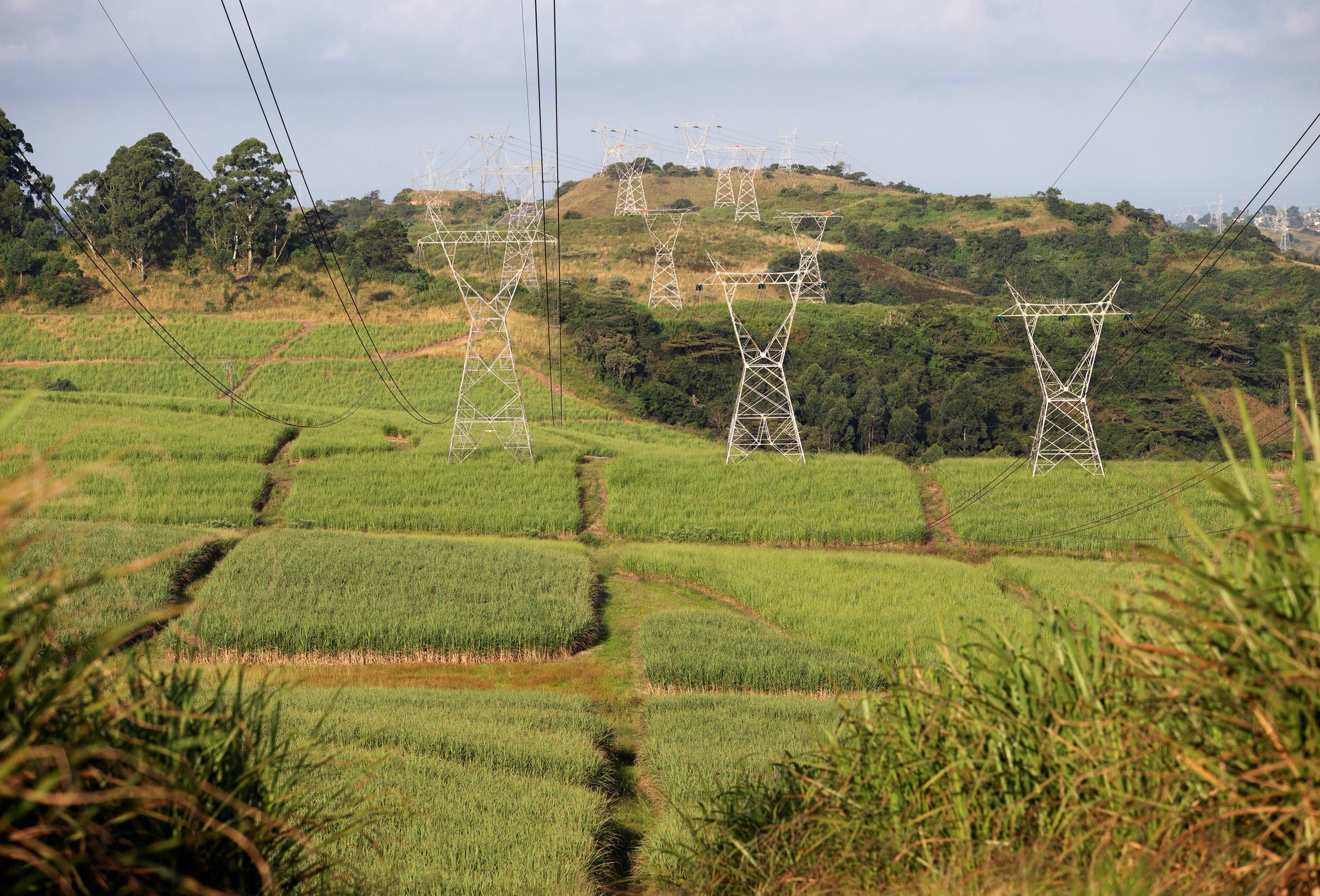South Africa's power blackouts will cost the economy $13 billion this year
The power crisis in South Africa is crippling its economic development

South Africa’s power problem is taking a huge chunk out its GDP after its central bank estimated that $51 million is lost every day due to load shedding.
The Reserve Bank sees the country’s economic growth dwindling to 0.3% this year from 1.1% in 2022. The bank’s governor Lesetja Kganyago said that without power outages, South Africa’s GDP growth could have been at 2.3% this year.
The central bank has been on record predicting that there will be 250 days of power blackout in 2023, which translates to a historic economic loss of $12.7 billion. There were more than 200 days of power rationing last year.
World Bank’s data shows that the country’s economy slowed to 0.2 % year-on-year in the second quarter of 2022. It states: “The economy is projected to grow by 1.9% this year, a downward revision of 0.2 percentage point relative to early projections in April.”
Load shedding in South Africa
The country’s power crisis started 15 years ago, but this year kicked off with South Africans suffering through the most devastating incidences of load shedding—power blackouts of between six to 12 hours a day—that have led to loss of millions of dollars in business revenue across all sectors. This has raised the chances of a recession in South Africa to 45% this year.
State-owned power monopoly Eskom has been blamed for the energy mess in the country, especially for failing to upgrade its coal-based plants to protect the national grid from collapse. These non-renewable energy systems have always struggled to meet power supply demand for the country’s 61 million citizens.
To help address these challenges, president Cyril Ramaphosa’s government has pledged to pay half of Eskom’s debt—coming to $14 billion—to bail it out of the financial storm.
The corporation has been plagued by corruption and even when outgoing CEO André de Ruyter tried to conduct a purge on corrupt managers, he survived an alleged poisoning attempt.
Correction: An earlier version of this article incorrectly calculated the annual loss due to power cuts as $1.3 billion instead of $13 billion.
